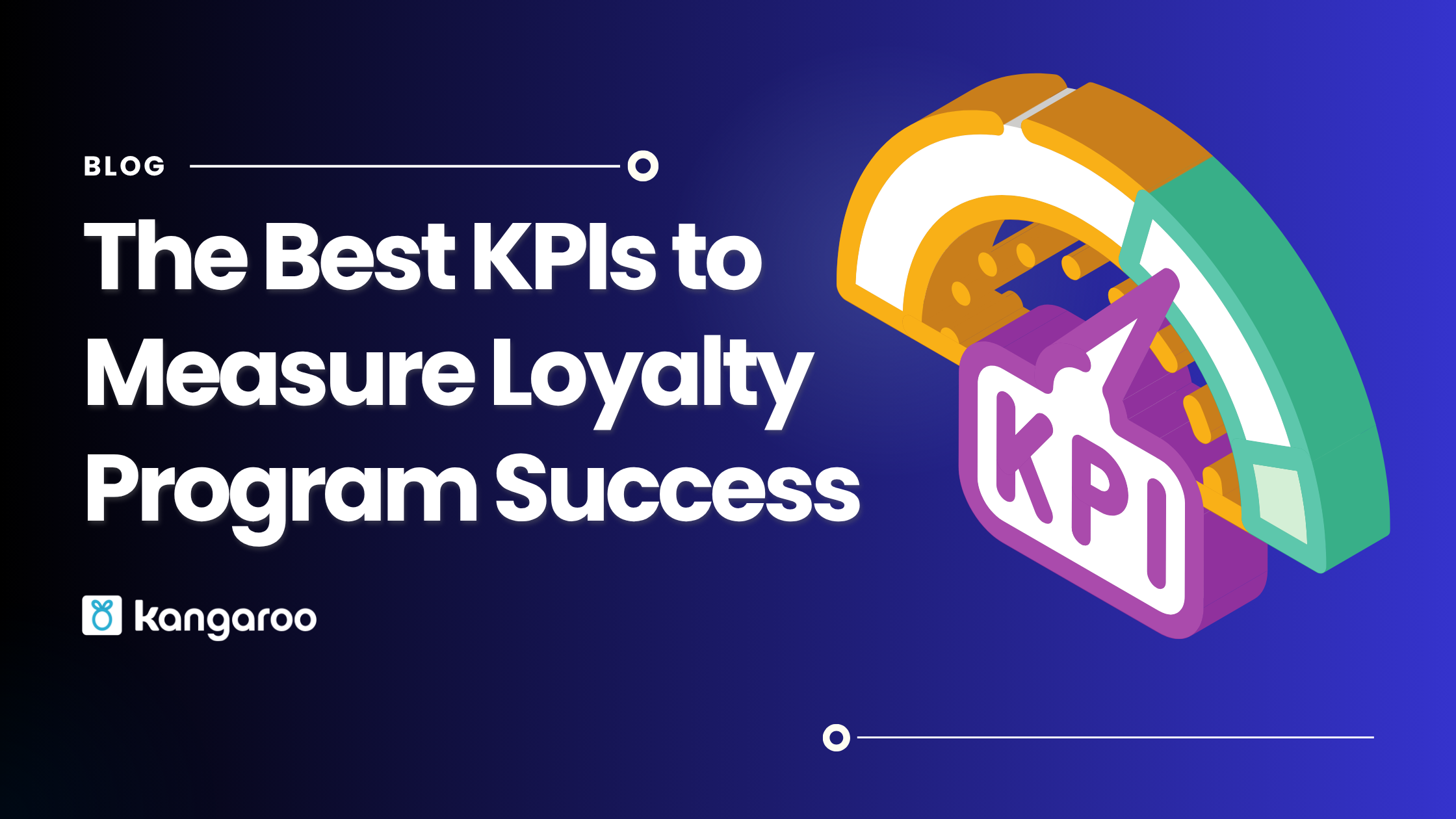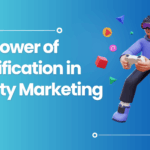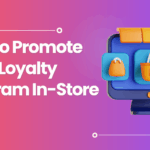In today’s competitive market, a well-structured Customer Loyalty Program is one of the smartest ways to increase retention, boost repeat purchases, and grow revenue. But simply launching a program isn’t enough—you need to measure its success. The only way to know whether your loyalty efforts are working is by tracking the right Key Performance Indicators (KPIs).
Whether you’re a retailer, a medspa, or an ecommerce brand, understanding which KPIs matter most will help you fine-tune your strategy, justify ROI, and make smarter business decisions.
In this article, we’ll break down the most important KPIs to monitor and how each contributes to a high-performing Customer Loyalty Program.
1. Customer Retention Rate
Why it matters:
Retention is the cornerstone of loyalty. This KPI tells you the percentage of customers who keep coming back over a defined period.
How to calculate:
Retention Rate = ((Customers at End of Period – New Customers) / Customers at Start of Period) × 100
What it reveals:
A growing retention rate means your loyalty program is doing its job—keeping customers engaged. A declining rate? Time to reassess your rewards, communication, or user experience.
2. Repeat Purchase Rate
Why it matters:
This KPI measures how many customers make more than one purchase. It’s a direct reflection of your program’s ability to drive habitual buying behavior.
How to calculate:
Repeat Purchase Rate = (Customers with More Than 1 Purchase / Total Customers) × 100
What it reveals:
If your repeat purchase rate is rising post-loyalty launch, it means your incentives—points, tiers, or rewards—are motivating customers to buy again.
3. Average Order Value (AOV)
Why it matters:
Many Customer Loyalty Programs are designed not just to bring customers back—but to get them to spend more when they do.
How to calculate:
AOV = Total Revenue / Number of Orders
What it reveals:
An increase in AOV may indicate that your loyalty perks (e.g., “spend $50, get 2x points”) are encouraging higher spending per transaction.
4. Loyalty Program Enrollment Rate
Why it matters:
Your loyalty program’s success begins with participation. If people aren’t signing up, they can’t be influenced by your rewards.
How to calculate:
Enrollment Rate = (Loyalty Members / Total Customers) × 100
What it reveals:
A low enrollment rate might suggest that your signup process is too complicated or that the value of the program isn’t clear enough.
Pro Tip: Promote sign-ups at checkout, on receipts, via email, and with pop-ups on your website.
5. Redemption Rate
Why it matters:
Are your customers actually using the rewards they earn? If not, your program might not be engaging—or the rewards may not be appealing.
How to calculate:
Redemption Rate = (Rewards Redeemed / Rewards Issued) × 100
What it reveals:
A low redemption rate can indicate friction in the redemption process or rewards that don’t resonate. A high rate typically means your program is well-aligned with customer desires.
6. Customer Lifetime Value (CLV)
Why it matters:
This is one of the most important long-term metrics. CLV estimates the total revenue a customer will bring over their entire relationship with your brand.
How to calculate (simplified):
CLV = AOV × Purchase Frequency × Customer Lifespan
What it reveals:
Tracking CLV before and after loyalty program launch helps measure the real financial impact of your efforts.
Bonus Tip: Use segmentation to compare CLV of loyalty members vs. non-members.
7. Points Liability
Why it matters:
Points liability refers to the unredeemed value of points currently held by your customers. It’s both a financial consideration and an engagement signal.
What it reveals:
Too much liability could mean customers are hoarding points or don’t see value in redeeming. Too little could indicate over-redemption or that rewards are too easy to access, impacting profitability.
8. Net Promoter Score (NPS)
Why it matters:
Loyalty isn’t just transactional—it’s emotional. NPS measures how likely customers are to recommend your brand to others, often a sign of true loyalty.
How to calculate:
Ask customers: “On a scale of 0–10, how likely are you to recommend us to a friend?”
-Promoters (9–10)
-Passives (7–8)
-Detractors (0–6)
NPS = % Promoters – % Detractors
What it reveals:
A strong NPS usually correlates with a sense of belonging or satisfaction, often influenced by a well-designed loyalty experience.
9. Engagement Rate
Why it matters:
This KPI tells you how frequently your customers interact with the program—earning points, referring friends, joining challenges, etc.
What to track:
-Referral usage
-Contest participation
-Points earned per user
-Click-through rates on loyalty emails
What it reveals:
Higher engagement means your program isn’t just a background feature—it’s integrated into your customers’ habits.
10. ROI of Your Loyalty Program
Why it matters:
At the end of the day, your program should be profitable. ROI ties everything together—how much you’ve invested versus how much you’ve gained.
How to calculate:
ROI = ((Program Revenue – Program Costs) / Program Costs) × 100
What it reveals:
Positive ROI = a successful loyalty program. If it’s not profitable, dig into the metrics above to pinpoint what’s underperforming.
Final Thoughts: Track, Test, Optimize
Measuring the success of your Customer Loyalty Program isn’t about choosing just one KPI—it’s about understanding how these metrics work together to tell a complete story.
Here’s how to put it all into action:
-Set benchmarks before launch
-Track KPIs monthly or quarterly
-Compare results by segment (new vs. returning customers, loyalty members vs. non-members)
-Test new reward types or tiers based on engagement data
-Use dashboards or tools (like Kangaroo Rewards!) to monitor everything in one place
With the right data, your loyalty program becomes more than a feel-good perk—it becomes a powerful growth engine.
Ready to Measure What Matters?
Kangaroo Rewards helps you launch, manage, and optimize loyalty programs with built-in analytics and automation. From customer retention to ROI, we give you the tools you need to track what matters—and grow smarter.
Book a free demo today and see how Kangaroo makes loyalty measurable and profitable.



